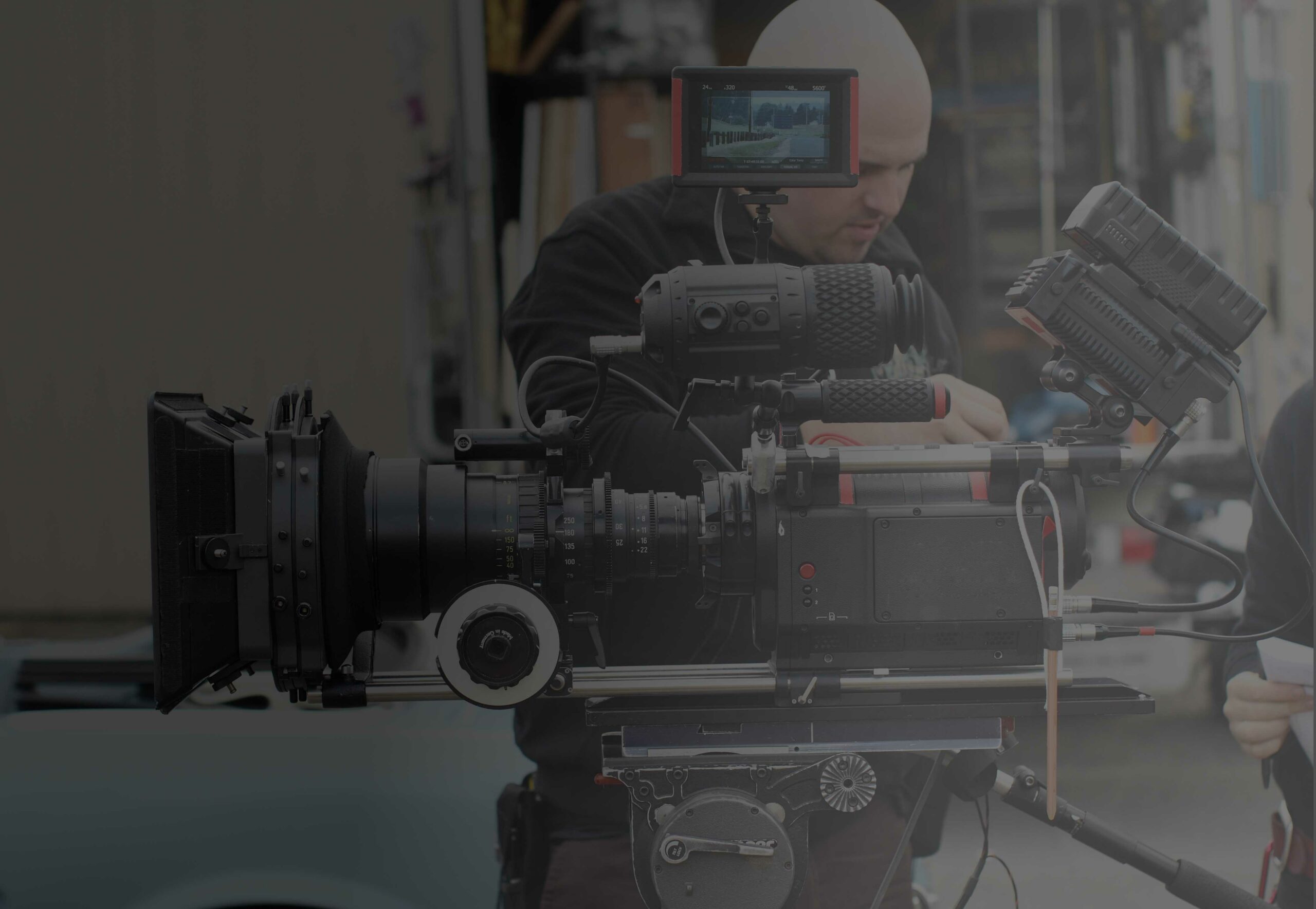LIFE AS A GAFFER
You’ve seen the credit roll by at the end of the movie – but what the heck is a Gaffer? Here’s some obscure trivia to start: the word comes from Britain and means an older man or boss, derived from grandfather. But you’ll probably never meet a film gaffer who looks like a grandfather – they’ve got to be fit and alert and very, very smart.
The gaffer is the head of the lighting and electrical department – the guy or gal who works hand-in-glove with the director of photography in creating a shot. The gaffer has to get all the lights ready for each scene, make sure they have the right color gels on them, get everything wired so it will work properly… and then do it all again for the next shot. Gaffers usually have a small army of grips and electricians to do the moving and rolling of the equipment, though on smaller productions, the gaffer helps unload the trucks and lugs it all to the set. The gaffer creates light effects – like subway flickers or those annoying red lights that flash during catastrophes… and even re-creates the sun when a shot needs to look like sunlight is blasting through a window – what a shock that the sun is usually manmade in movies!
Most gaffers worked their way up the ladder on the set. Thirty-eight-year old Piotr Jagninski, who’s done a lot of commercials and film videos, started as a camera technician. He says the hardest thing about lighting is just to make it look natural. He tells the Gothamist that a typical day consists of first pushing, pulling or flying a few tons of equipment up or down stairs, tunnels, hillsides, whatever. Then he sets up the equipment, finds out everything has changed since last night’s discussion, move the equipment to new positions, then run power for everyone else on the set who needs it, like the catering, hair, wardrobe and make-up teams. He says night-time scenes are the hardest to light since you really do have to pay attention to everything you want to see in the shot – or it’ll be too dark!
Robert Jason is a third generation gaffer who’s worked on big productions like “The Black Dahlia” and “Rush Hour”. In an interview with makingof.com he says his most important lessons are: pay attention to the rehearsal – that may be the first inkling you get of how the scene will be played. He also says that if he’s stumped – and there will always come a time when you’re stumped – just start lighting the background, and as you move gradually to the foreground, you’ll figure it out. The toughest thing is lighting actresses because even if they’re supposed to be playing drunks or homeless people, they still have to look glamorous in every shot, and that’s very demanding. Finally, he says the best thing to do is look at nature – how nature lights things will give you clues how to light your scenes.
The director may decide what the shot is, but it’s up to the gaffer and the director of photography to bring that shot to life. So another name for a gaffer could be: Lord of Light!



